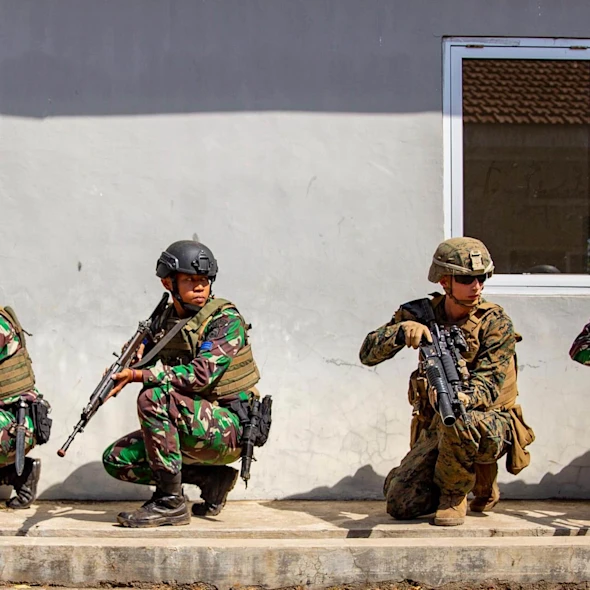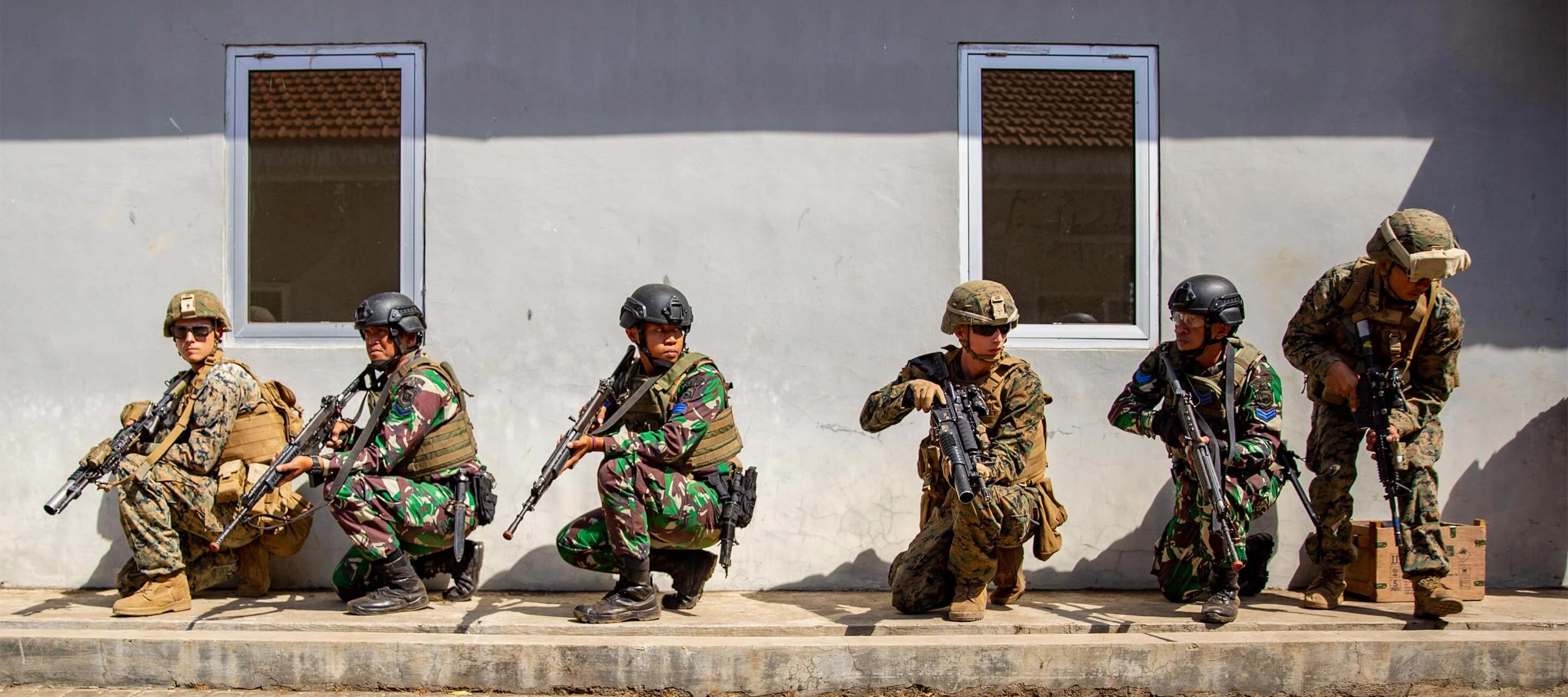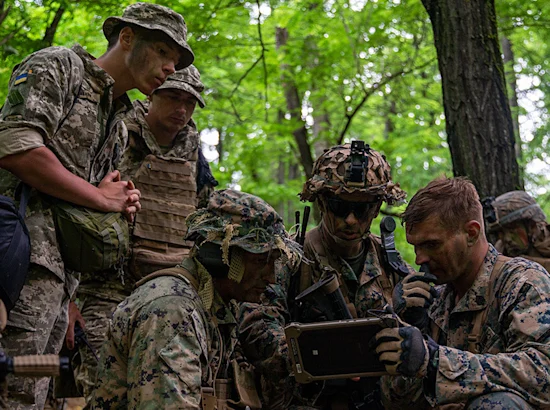We live in a world where we are more connected than any other time in human history. From phones held in our hands, we can watch events unfold on the other side of the world as they’re happening. We can communicate in real-time, share pictures or videos, form connections or otherwise interact with someone – no matter where they are on the planet.
The same level of connectedness exists in a defense context, but with unique and essential security and availability requirements. Mission Partner Environments (MPE) are designed to allow the military and its mission partners to work collaboratively and effectively and to share sensitive, classified information securely. For the last several years of my career in the Army, I led a team at U.S. Central Command whose mission was to envision and develop a next generation MPE. The goal was to consolidate our many mission partner networks into a single, unified environment that allows for all releasable information to be co-located and accessed by mission partners and users at the speed of operations.
Rapidly evolving technology and capabilities make this work even more complex and even more important to national defense. Disparate data types and formats at varying levels of releasability, streaming from different sensors and environments, present significant challenges. These challenges exist across the Combatant Commands, our Mission Partners and even the individual defense Services themselves.
Essential, Real-Time Information Sharing
Today, MPE is getting a lot of focus, not only because national defense strategy directs it, but also because we’ve seen the benefits of partners and coalitions coming together to advance combined national interests and security efforts. While information-sharing during peacetime is important, timely sharing during a conflict can enable so much more because the strengths each partner brings to the fight can be more effectively leveraged.
With the advancements in coalition interoperability and information sharing, we can also envision a future where the MPE is the actual warfighting network. As the Services, Combatant Commands and the Department continue to align their vision and efforts, we grow closer to a time where Warfighters can conduct training and pre-deployment coordination with Mission Partners on the same network that they will conduct operations on. The goal is for Warfighters, at home or in theater, US or Coalition, to have access to the right information at the right time at the speed the mission requires.
Further Enabling Communication Across Domains
The Joint All Domain Command and Control (JADC2) initiative is especially aligned with this vision. Its goal is to empower Joint Force Commanders to effectively command across all warfighting domains through the employment of innovative technologies to enable faster decision-making. As we look at this problem set, the MPE contributions to that goal becomes clear. As the core JADC2 problem is sharing with ourselves across the different warfighting domains, we see that solving MPE challenges inherently solves JADC2 challenges.
A similar effort is underway in the Intelligence arena. The U.S. Battlefield Information Collection and Exploitation Systems (BICES) effort is aimed at enabling operations and intelligence information sharing among coalition partners. GDIT is supporting this work and, just as with MPE, learnings from the BICES initiative will enhance and accelerate the JADC2 effort. In January the contract was recently extended by the Air Force Mission Partner Capabilities Office through May 2025.
Innovation that Keeps Pace with Technology Evolution
At GDIT, our focus is to innovate around interoperability. The DoD employs hundreds of mission command applications and ensuring they can interoperate with each other and with mission partners is critical. We are working on the MPE to understand where those shortfalls are and to effect change, helping to ensure the US, and our partners, can collaboratively counter peer and near-peer adversaries.
Without question, the MPE and JADC2 initiatives are vitally important DoD efforts focused on fostering collaboration and communication. GDIT is proud to do our part to support these initiatives via our MPE work and are committed to its continued success.






